Create your own indoor jungle
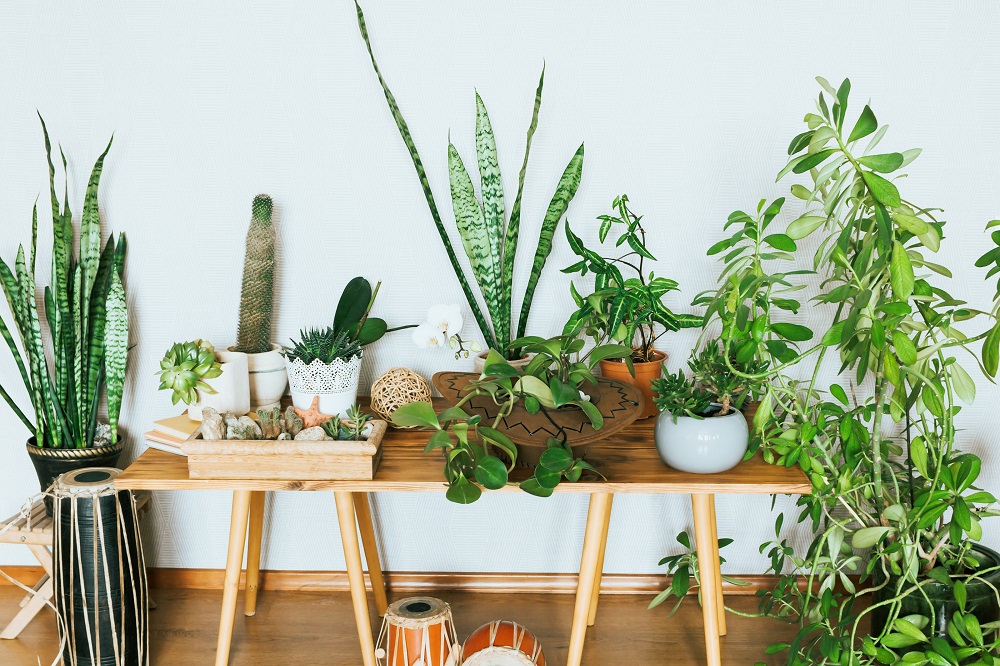
With more than 10% of Australians now living in a unit or flat, creating your own green health retreat can be difficult with the restrictiveness of apartment living.
Here’s how to bring a touch of greenery into your home so you can reap the health benefits of nature without moving to the suburbs.
Sunlight
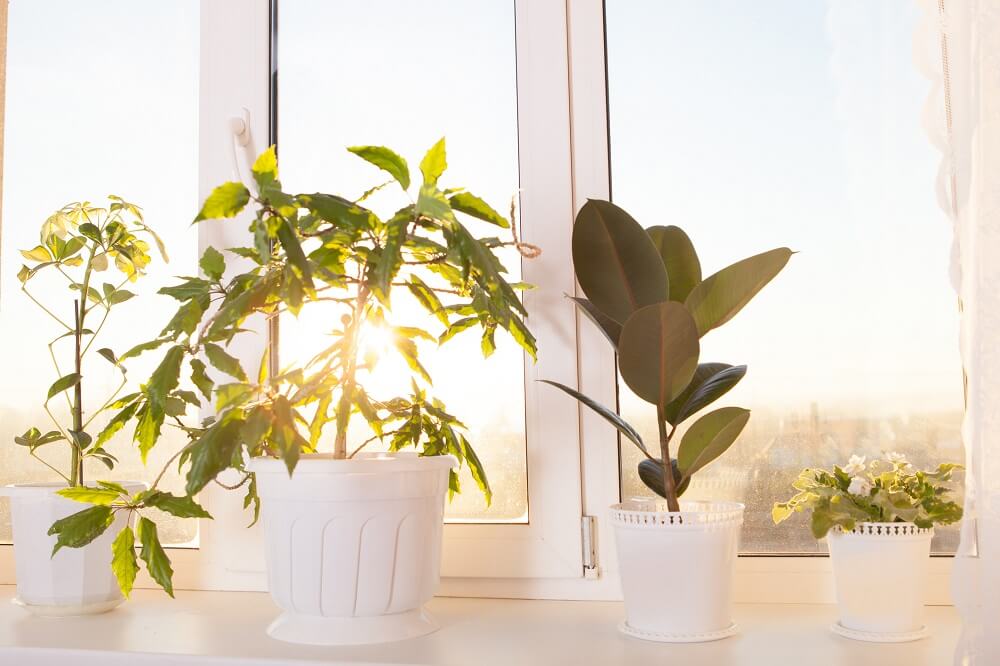
Plants need sunlight to survive but, luckily, some plants need less than others. Many apartments don’t get the right sunlight so choosing plants that will suit your space is essential.
Knowing how much sun comes through your windows will help you choose the best spot for your plant.
South facing windows often don’t receive much light so aren’t ideal for most plants but some varieties, such as peace lilies, Zanzibar gems and spider plants, will tolerate a bit of darkness in the summer months.
East facing windows get the weaker morning light so place plants that only need moderate or indirect light here. In fact, most popular indoor plants, such as monsteras, rubber trees and devil’s ivy, will prefer this light.
As the sun follows a slightly northern east-to-west route in Australia, north facing windows receive the most intense light for longer periods than other windows. Snake plants, aloe vera and cactus can tolerate this level of light, but it may be better to place plants that need filtered or indirect light to the side or further away from the window.
The sun is strongest in the afternoon, so any plant placed near a west facing windows needs to be able to tolerate harsh light and heat. Avoid placing fiddle figs and aspidistras here as the light will burn their leaves – instead opt for cacti, azaleas and agave plants.
Temperature
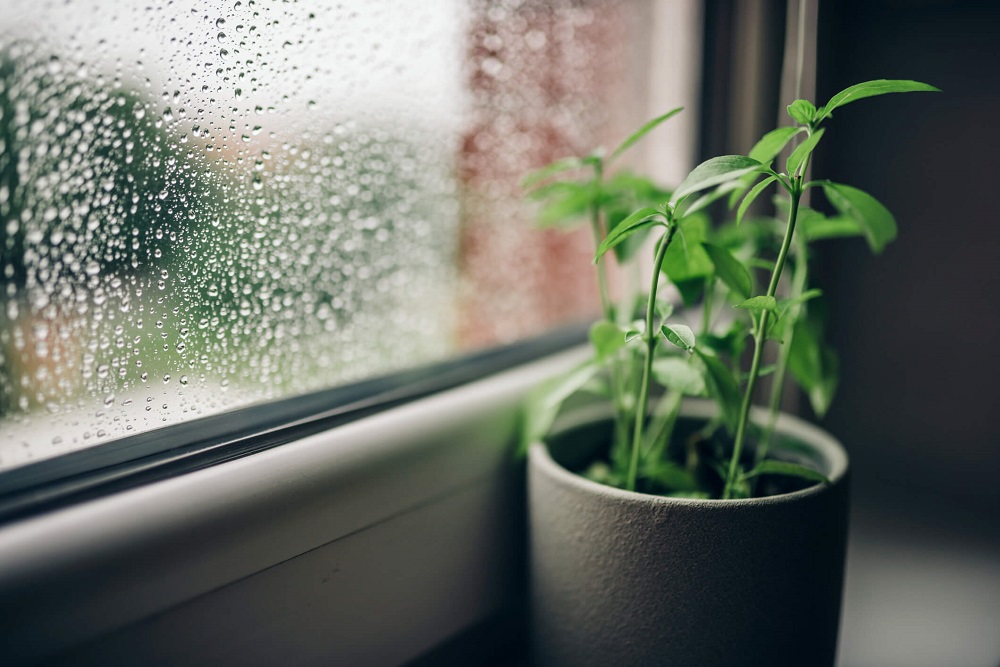 It isn’t strange for Queensland temperatures to push 40 degrees so it’s important to select plants that like warm, humid temperatures.
It isn’t strange for Queensland temperatures to push 40 degrees so it’s important to select plants that like warm, humid temperatures.
Aside from English ivy and cacti, most plants prefer humid warmth over dry warmth so will need to be placed in a spot with good humidity and airflow. Spritzing them with water and putting pebble-lined water under their base will help boost humidity.
Tropical jungle plant varieties like calatheas and some palms love our humid climate and will not enjoy being placed too close to an air conditioning unit (or heating in winter).
Watering
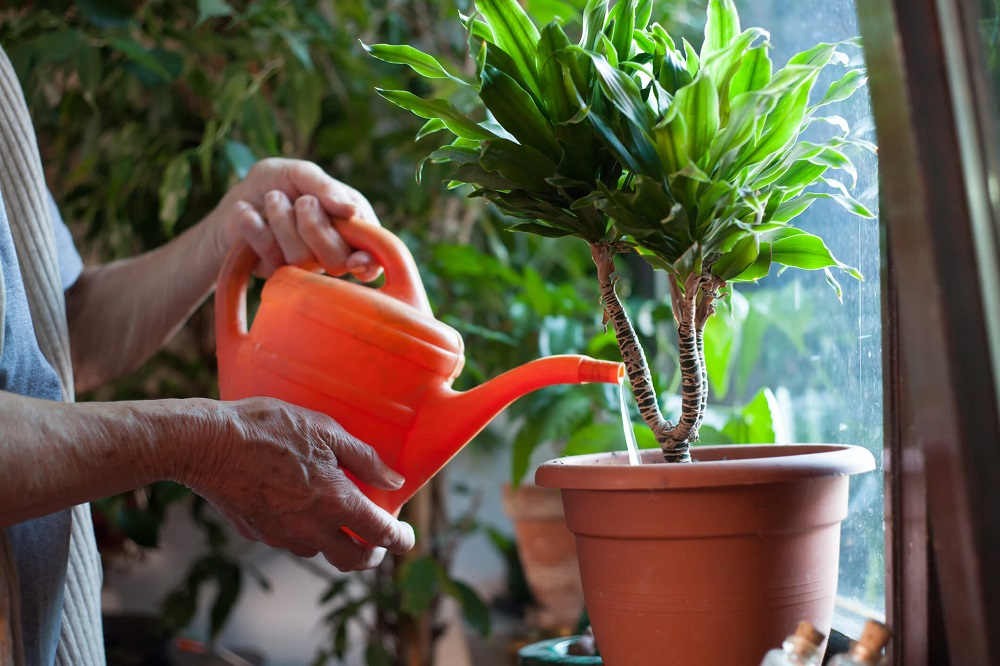
One of the main reasons indoor plants die is due to either over or underwatering, and it can be tricky knowing how much water your plant needs.
As a rule of thumb, water plants from top to bottom (straight onto the plant base) until water begins to run into the pot tray. Make sure any excess water in the tray is emptied as plants don’t enjoy having soggy feet – it also leaves them prone to root rot.
Plants will also need less water during the winter months but if you see leaves drooping or the top 2cm of soil is dry then it’s likely time for a quick bath.
Those in sunnier spots will also need more watering than those out of the light – apart from cacti and succulents which thrive on sunshine and neglect.
Repotting
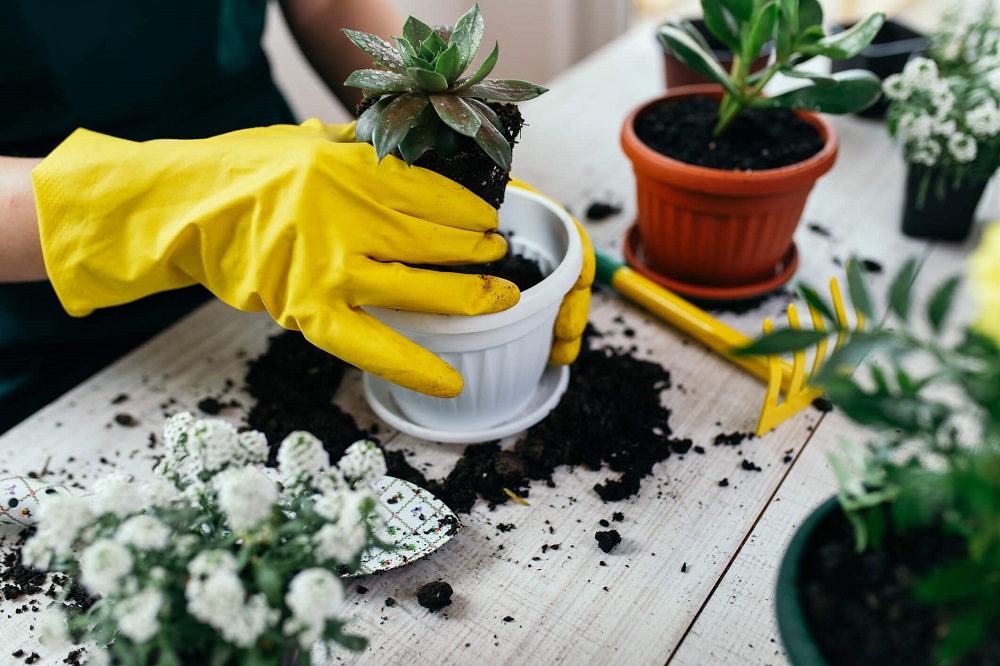
Some plants enjoy being root bound like peace lilies and spider plants, but most would rather have a bit more freedom.
It’s time to repot your plant when the roots begin peeking out of the drainage holes – usually a new pot about 2cm bigger is fine however each plant has their own needs.
Animal safe plants
- Bird's nest, boston and staghorn ferns (easy care).
- Calathea zebrina or rattlesnake (advanced care).
- Spider plant (easy care).
- Parlour and bamboo palm (easy care).
- Money tree (easy care).
- Peperomia green (easy care).
- Stromanthe triostar (advanced care).
- Echeveria lola (easy care).
- Prayer plant (advanced care).
- Cast iron plant (easy care).
- Swedish ivy (easy care).
Related topics
Things to note
The information in this article has been prepared for general information purposes only and is not intended as legal advice or specific advice to any particular person. Any advice contained in the document is general advice, not intended as legal advice or professional advice and does not take into account any person’s particular circumstances. Before acting on anything based on this advice you should consider its appropriateness to you, having regard to your objectives and needs.
Insurance Products (excluding Travel Insurance) are issued by RACQ Insurance Limited ABN 50 009 704 152 (RACQI) and arranged by its agent, RACQ Distribution Services Pty Ltd (RDS) ABN 35 116 361 650, AFSL 567130 and RDS' authorised representatives (including RACQ Operations Pty Ltd ABN 80 009 663 414, AR No. 234978 (RACQO). Conditions, limits and exclusions apply. RDS and RACQO are in the RACQ group of companies. One of the companies in the RACQ group of companies has a minority shareholding in RACQI.
RDS and RACQO have not taken your personal objectives, circumstances or needs into account when preparing advice regarding insurance products and you will need to consider whether the advice is appropriate for you. Read the Product Disclosure Statement (PDS) and any applicable Supplementary PDS before making a purchase decision on this product. You can also access our Target Market Determinations on this website. RDS receives a commission from RACQI for the policies it arranges. RACQO receives fees paid for services it provides to RDS. Further details about remuneration are available on request prior to purchasing.
Banking and loan products issued by Members Banking Group Limited ABN 83 087 651 054 AFSL/Australian credit licence 241195 trading as RACQ Bank. Terms, conditions, fees, charges and lending policies apply. This is general advice only and may not be right for you. This information does not take your personal objectives, circumstances or needs into account. Read the disclosure documents for your selected product or service, including the Financial Services Guide and the Terms and Conditions, and consider if appropriate for you before deciding.
Except for RACQ Bank, any RACQ entity referred to on this page is not an authorised deposit-taking institution for the purposes of the Banking Act 1959 (Cth). That entity’s obligations do not represent deposits or other liabilities of RACQ Bank. RACQ Bank does not guarantee or otherwise provide assurance in respect of the obligations of that entity, unless noted otherwise.
RACQ Bank subscribes to the Customer Owned Banking Code of Practice which establishes higher standards than the law requires. The Code reflects modern consumer expectations and developments in approaches to issues such as consumer vulnerability, guarantors, and supporting customers through financial hardship. Please read our Customer Owned Banking Code of Practice page for more information.
RACQ Operations Pty Ltd (ABN 80 009 663 414 AR 000234978) and Members Travel Group Pty Ltd (ABN 45 144 538 803 AR 000432492) are acting as an Authorised Representative of the issuer of the insurance, Tokio Marine & Nichido Fire Insurance Co., Ltd. (ABN 80 000 438 291 AFSL 246 548). Any advice set out above is general in nature only, and does not take into account your objectives, financial situation or needs. Before purchasing any travel products, please consider the RACQ Travel Insurance Product Disclosure Statement (PDS) and the Target Market Determinations (TMDs) that apply to these products. Whilst the PDS outlines the Terms and Conditions of these products, the TMDs outline the intended class of customers that comprise the target market for these travel products. This will allow you to consider which products best suit your objectives, financial situation and needs and consider the products appropriateness to your personal circumstances. TMDs also outline matters involving the distribution and the review of these products. The PDS, Supplementary PDS and TMDs for each travel product can be found here.
